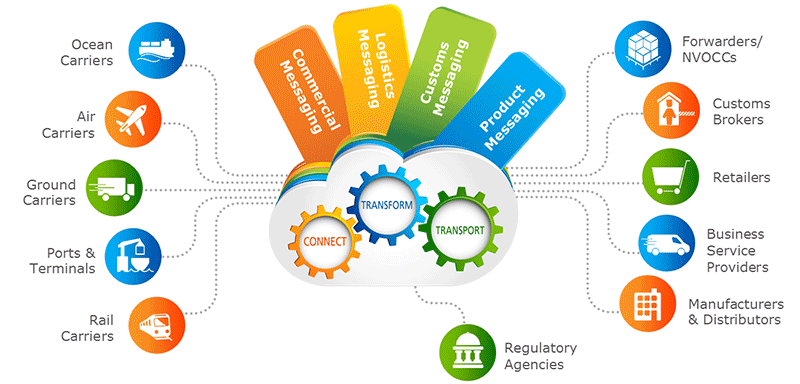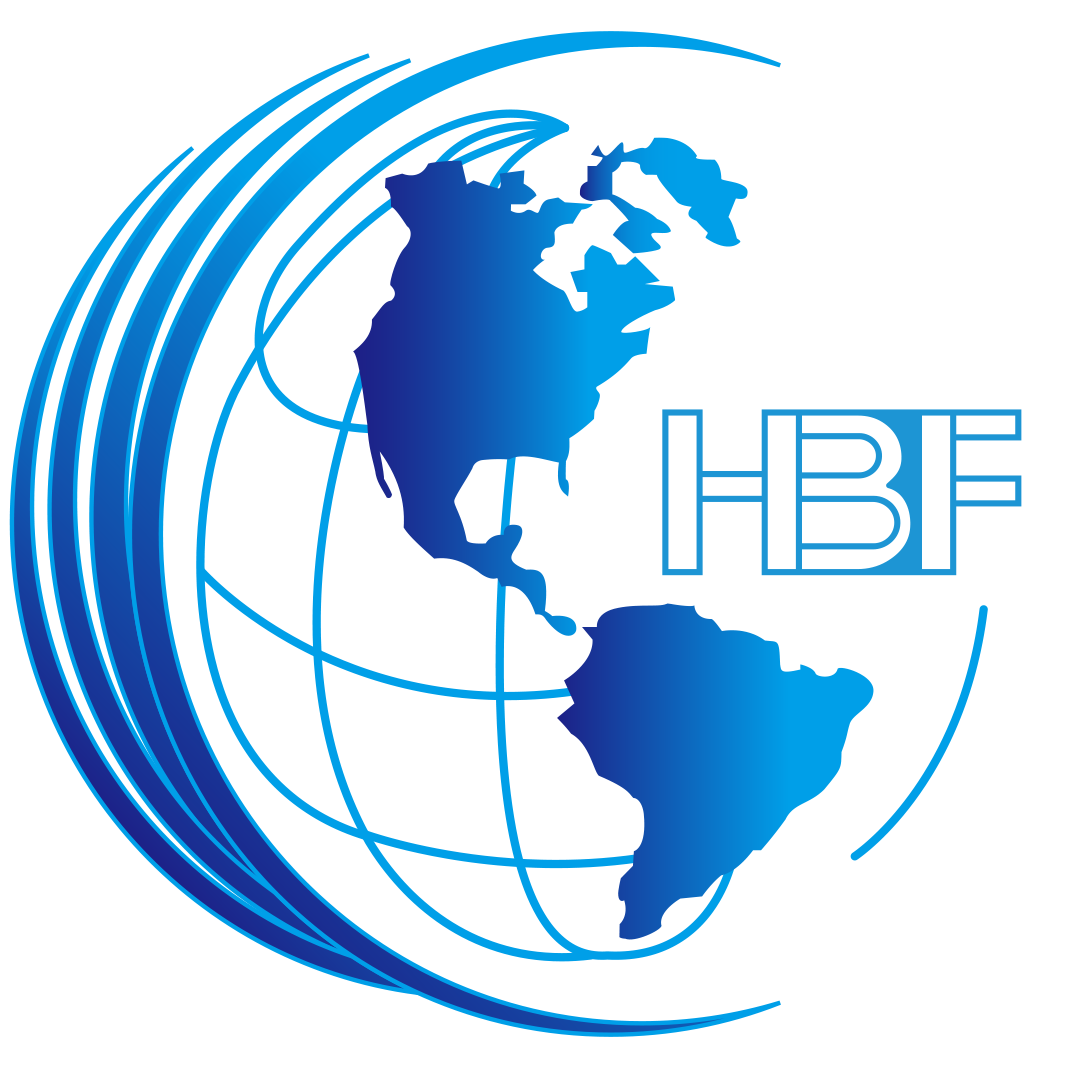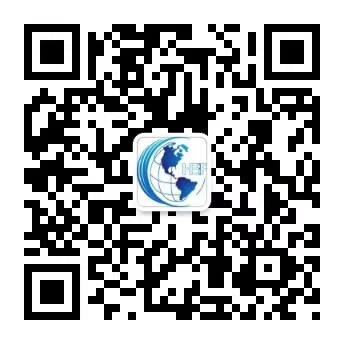深度解析印尼0.5%电商税新政:全面影响分析与精细化应对策略
一、政策背景与立法动因
印尼财政部于2023年11月正式颁布第69/PMK.03/2023号条例,宣布自2024年1月1日起对所有通过电子系统(PMSE)达成的交易征收0.5%增值税。这一政策调整源于以下核心考量:
税收公平化:传统实体零售商长期抱怨电商卖家避税导致不公平竞争
财政收入增长:印尼数字经济规模已达770亿美元,政府希望扩大税基
监管规范化:响应G20关于数字经济征税的全球倡议
进口商品管控:遏制跨境低价商品对本土制造业的冲击
📌 官方政策文件链接:
印尼财政部第69/PMK.03/2025号条例(印尼文)(需VPN访问)
二、政策细则深度解读
1. 征税范围与税率
| 项目 | 细则 | 影响对象 |
|---|
| 适用平台 | Shopee、Tokopedia、Lazada、TikTok Shop等 | 所有印尼本土及跨境卖家 |
| 税率 | 0.5%(PPh 22) | 年营收 5亿-48亿印尼盾(约3万-30万美元)的卖家 |
| 豁免条件 | 年营收<5亿印尼盾(小微企业) | 可申请免税 |
| 征收方式 | 平台代扣代缴 | 卖家需提供NPWP(纳税人识别号) |
2. 关键变化
从增值税(VAT)转向所得税(PPh):此前电商征税主要针对增值税(11%),新政策改为按交易额征收0.5%所得税,影响利润结构7。
跨境卖家纳入监管:外国电商平台需注册本地税务代表,否则可能被限制运营5。
数据共享要求:平台需每月向税务总局(DJP)提交完整交易记录,政府将加强稽查10。
注:年营业额<48亿印尼盾(约30万美元)可申请小微企业资格
3. 征管机制
三、多维影响评估
1. 对不同主体的影响
平台方:
卖家层级影响:
2. 市场格局变化
预计15%的违规中小卖家将退出市场
O2O模式获得新优势(线下交易仍适用旧税率)
物流、ERP等配套服务商迎来合规咨询业务增长
四、精细化应对策略矩阵
1. 成本管控方案
动态定价算法:建议采用AI定价工具实时调整(如RepricerExpress)
供应链重构:将库存转移至印尼保税仓可降低3-5%综合成本
税务筹划:通过拆分法人实体保持单个店铺营业额<48亿盾
2. 合规操作指南
注册流程:
本土卖家:申请NPWP(纳税人识别号)
跨境卖家:完成SKP PMSE备案
申报要点:
保留完整交易日志(包括取消订单)
区分应税/免税商品(如基础食品仍免税)
3. 替代方案比较
| 策略 | 实施难度 | 节税效果 | 长期可持续性 |
|---|
| 转嫁消费者 | ★★☆ | 100% | 低(影响销量) |
| OEM本土化生产 | ★★★★ | 30-40% | 高 |
| 社交电商转型 | ★★★ | 15-20% | 中 |
五、未来政策展望
税率可能上调:2026年或按营收分档征税(0.5%-1.2%)。
社交电商成避税选择:TikTok直播带货仍适用旧税率,可转移部分业务。
长期策略:
In-Depth Analysis of Indonesia's 0.5% E-Commerce Tax Policy: Comprehensive Impact Assessment and Refined Response Strategies
I. Policy Background and Legislative Motivation
The Indonesian Ministry of Finance officially issued Regulation No. 69/PMK.03/2023 in November 2023, announcing the imposition of a 0.5% value-added tax (VAT) on all transactions conducted through electronic systems (PMSE) effective January 1, 2024. This policy adjustment stems from the following core considerations:
Tax Fairness: Traditional brick-and-mortar retailers have long complained about e-commerce sellers evading taxes, leading to unfair competition.
Revenue Growth: Indonesia's digital economy has reached $77 billion, and the government aims to expand the tax base.
Regulatory Standardization: A response to the G20's global initiative on digital economy taxation.
Control of Imported Goods: To curb the impact of low-cost cross-border goods on domestic manufacturing.
📌 Official Policy Document Link:
Indonesian Ministry of Finance Regulation No. 69/PMK.03/2025 (in Indonesian) (VPN required)
II. In-Depth Interpretation of Policy Details
1. Tax Scope and Rates
| Item | Details | Affected Parties |
|---|
| Applicable Platforms | Shopee, Tokopedia, Lazada, TikTok Shop, etc. | All local and cross-border sellers in Indonesia |
| Tax Rate | 0.5% (PPh 22) | Sellers with annual revenue of 5 billion–48 billion IDR (~$30,000–$300,000) |
| Exemption Criteria | Annual revenue < 5 billion IDR (micro-enterprises) | Eligible for tax exemption |
| Collection Method | Platform withholding and remittance | Sellers must provide NPWP (Taxpayer ID) |
2. Key Changes
Shift from VAT to Income Tax (PPh): Previously, e-commerce taxation focused on VAT (11%). The new policy imposes a 0.5% income tax on transaction value, affecting profit structures.
Regulation of Cross-Border Sellers: Foreign e-commerce platforms must register a local tax representative or risk operational restrictions.
Data Reporting Requirements: Platforms must submit complete transaction records to the Directorate General of Taxes (DJP) monthly, with increased government audits.
*Note: Businesses with annual revenue < 48 billion IDR (~$300,000) may qualify for micro-enterprise exemptions.*
3. Collection Mechanism
Withholding Tax: Platforms deduct taxes at the time of transaction.
Monthly Reporting: Full transaction records must be submitted to DJP by the 10th of each month.
Compliance Requirements: Foreign platforms must appoint a local tax representative.
III. Multi-Dimensional Impact Assessment
1. Impact on Different Stakeholders
Platforms:
Additional annual compliance costs of ~1.2 trillion IDR.
Need to upgrade payment and tax modules (e.g., Shopee has updated seller dashboards).
Sellers:
Top sellers (>100 billion revenue): Profit margins decline by 0.3–0.8%.
SMBs: May need to raise prices by 5–8% to maintain profitability.
Cross-border sellers: Face dual pressures from customs and tax costs.
2. Market Shifts
~15% of non-compliant SMBs may exit the market.
O2O models gain advantage (offline transactions still follow old tax rates).
Logistics and ERP providers see growth in compliance consulting services.
IV. Refined Response Strategy Matrix
1. Cost Optimization Solutions
Dynamic Pricing Algorithms: Use AI tools (e.g., RepricerExpress) for real-time adjustments.
Supply Chain Restructuring: Moving inventory to Indonesian bonded warehouses can reduce costs by 3–5%.
Tax Planning: Split business entities to keep individual store revenue below 48 billion IDR.
2. Compliance Guidelines
✅ Registration Process:
Local sellers: Apply for NPWP (Taxpayer ID).
Cross-border sellers: Complete SKP PMSE registration.
✅ Reporting Requirements:
Maintain complete transaction logs (including canceled orders).
Differentiate taxable/exempt goods (e.g., basic food items remain exempt).
3. Alternative Strategy Comparison
| Strategy | Implementation Difficulty | Tax Savings | Long-Term Sustainability |
|---|
| Pass costs to consumers | ★★☆ | 100% | Low (impacts sales) |
| OEM Localization | ★★★★ | 30–40% | High |
| Shift to social commerce | ★★★ | 15–20% | Medium |
V. Future Policy Outlook
Potential Tax Rate Increases: By 2026, tiered taxation (0.5%–1.2%) may be introduced.
Social Commerce as an Alternative: TikTok Live selling still follows old tax rates, making it a viable option.
Long-Term Strategies:
Localization: Register an Indonesian company for lower tax rates.
Premiumization: Focus on high-margin categories (luxury, 3C) to reduce tax impact.







